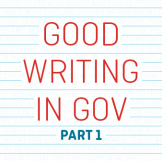Bite, Snack, Meal: A Practical Approach to Feeding Content-Hungry Readers
Trying to satisfy different types of online readers? Use the Bite, Snack, Meal approach and provide different amounts and types of content for people who want just a taste and people who want the whole buffet.










